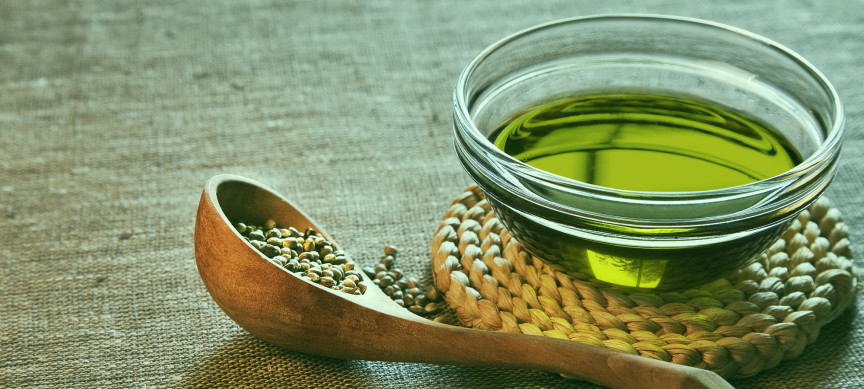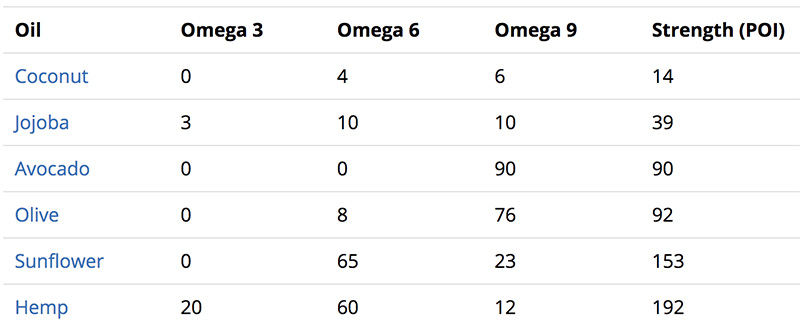Measuring the strength of ozonated oils
Posted by PurO3 Team
Ozonated olive oil is the most common oil on the market because when ozonated it’s transformed into an easy to use salve that absorbs quickly when applied to the skin. Overall the oil has a nice scent, is easy to apply, works exceptionally well and is readily available.

Ozonated olive oil is the most common oil on the market because when ozonated it’s transformed into an easy to use salve that absorbs quickly when applied to the skin. Overall the oil has a nice scent, is easy to apply, works exceptionally well and is readily available.
There are many oils that do well when ozonated, and PurO3 carries an ever-increasing line. But how can you tell the difference when it comes to ozone? The best way to tell the difference is by the amount of 3, 6, and 9 fatty acid percentages the oil holds. Oils with a higher percentage of fatty acids typically hold more ozone.
For example, ozonated hemp oil has a lot of 3, 6 and 9 fatty acids so it holds the most ozone out of all the oils PurO3 sells. Ozonated olive oil has very little omega 3s and 6s but lots of omega 9s, putting it in the middle as far as strength.
Keep in mind that just because one oil holds more ozone, that doesn’t necessarily make it better. You also have to look at how well the oil absorbs and how it interacts with your particular skin type. For instance, ozonated olive oil absorbs very well but ozonated hemp oil does not. It tends to act as a water-resistant salve. Ozonated jojoba oil and ozonated coconut oil are on the lower end of the ozone spectrum, making them especially popular for beauty applications and for those with sensitive skin.
Oils on the lower end of the spectrum typically absorb a lot better which is why Jojoba is used for beauty applications. Out of all the oils PurO3 offers, Jojoba absorbs the best and does an amazing job conditioning the skin. Remember, just because an oil doesn’t hold as much ozone doesn’t mean it won’t work as well as another oil that holds more.
So what is the ozone spectrum?
Each oil has a different amount of 3, 6, and 9 fatty acids and each fatty acid is weighed differently for the formula. The final number is called the Potential Ozonide Index (POI). See the formula and chart below.
The formula: Omega 3s (x3) + Omega 6s (x2) + Omega 9s (x1) = POI
